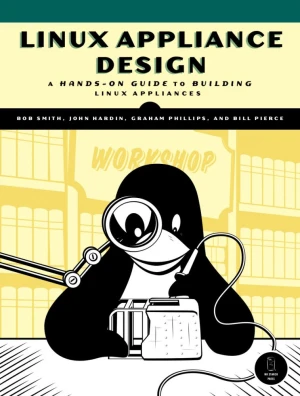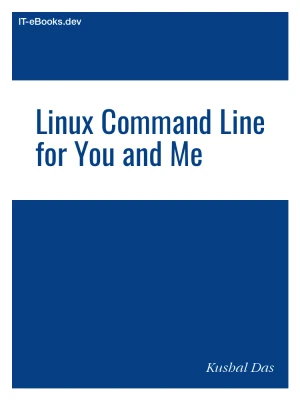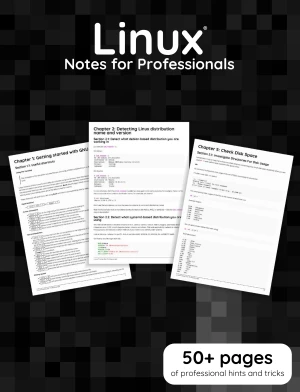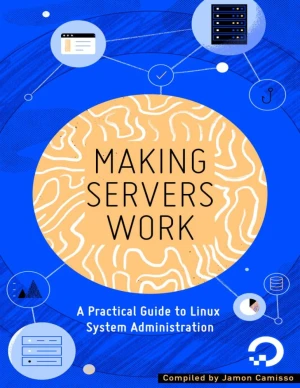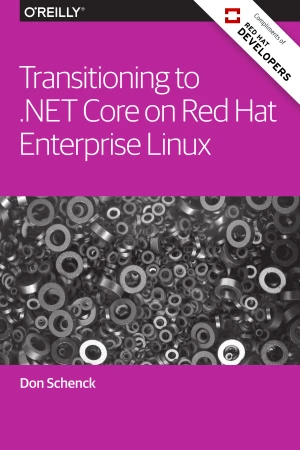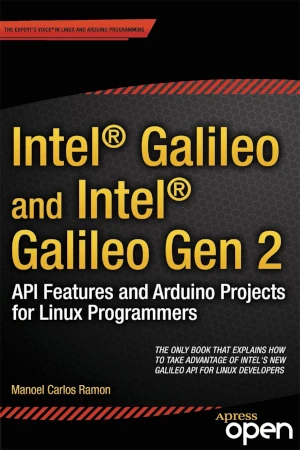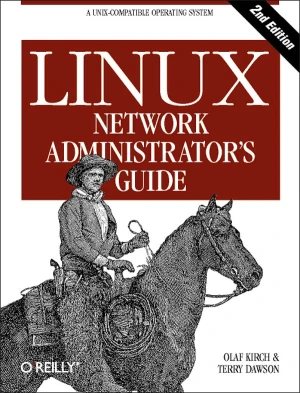Linux Books
Linux Appliance Design
Modern appliances are complex machines with processors, operating systems, and application software. While there are books that will tell you how to run Linux on embedded hardware, and books on how to build a Linux application, Linux Appliance Design is the first book to demonstrate how to merge the two and create a Linux appliance. You'll see for
Linux Command Line for You and Me
The command line is a text interface for your computer. It's a program that takes in commands, which it passes on to the computer's operating system to run. Linux command line for you and me is a open book for newcomers to command line environment.
Linux Commands Handbook
The Linux Commands Handbook follows the 80/20 rule: learn in 20% of the time the 80% of a topic. The author find this approach gives a well-rounded overview. This book does not try to cover everything under the sun related to Linux and its commands. It focuses on the small core commands that you will use the 80% or 90% of the time, trying to simpli
Linux Notes for Professionals
The Linux Notes for Professionals book is compiled from Stack Overflow Documentation, the content is written by the beautiful people at Stack Overflow.
Making Servers Work
This book highlights practical sysadmin skills, common architectures that you'll encounter, and best practices that apply to automating and running systems at any scale, from one laptop or server to 1,000 or more. It is intended to help orient you within the discipline, and hopefully encourages you to learn more about system administration.
Transitioning to .NET Core on Red Hat Enterprise Linux
Everything in the .NET world has changed, and decidedly for the better. Not only is .NET Core now an open source framework, but thanks to Microsoft's recent partnership with Red Hat, you can develop and run .NET web applications on Linux. In this report, author Don Schenck shows you how to create simple applications with ASP.NET, MVC, and Entity Fr
Intel Galileo and Intel Galileo Gen 2
Intel Galileo and Intel Galileo Gen 2: API Features and Arduino Projects for Linux Programmers provides detailed information about Intel Galileo and Intel Galileo Gen 2 boards for all software developers interested in Arduino and the Linux platform. The book covers the new Arduino APIs and is an introduction for developers on natively using Linux.
Linux Network Administrator's Guide, 2nd Edition
Linux, a Unix-compatible operating system that runs on personal computers and larger servers, is valued above all for its networking strengths. The Linux Network Administrator's Guide spells out all the information needed for joining a network, whether it's a simple UUCP connection or a full LAN with a Linux system serving as a firewall, an NFS or
The Linux Kernel Module Programming Guide
The Linux Kernel Module Programming Guide is a comprehensive and practical resource for developers looking to dive into Linux kernel module development. Written by experienced contributors, this guide covers essential concepts, from writing simple "Hello World" modules to advanced topics like character device drivers, system calls, and synchronizat
The Linux Command Line, 5th Edition
The Linux Command Line takes you from your very first terminal keystrokes to writing full programs in Bash, the most popular Linux shell (or command line). Along the way you'll learn the timeless skills handed down by generations of experienced, mouse-shunning gurus: file navigation, environment configuration, command chaining, pattern matching wit

